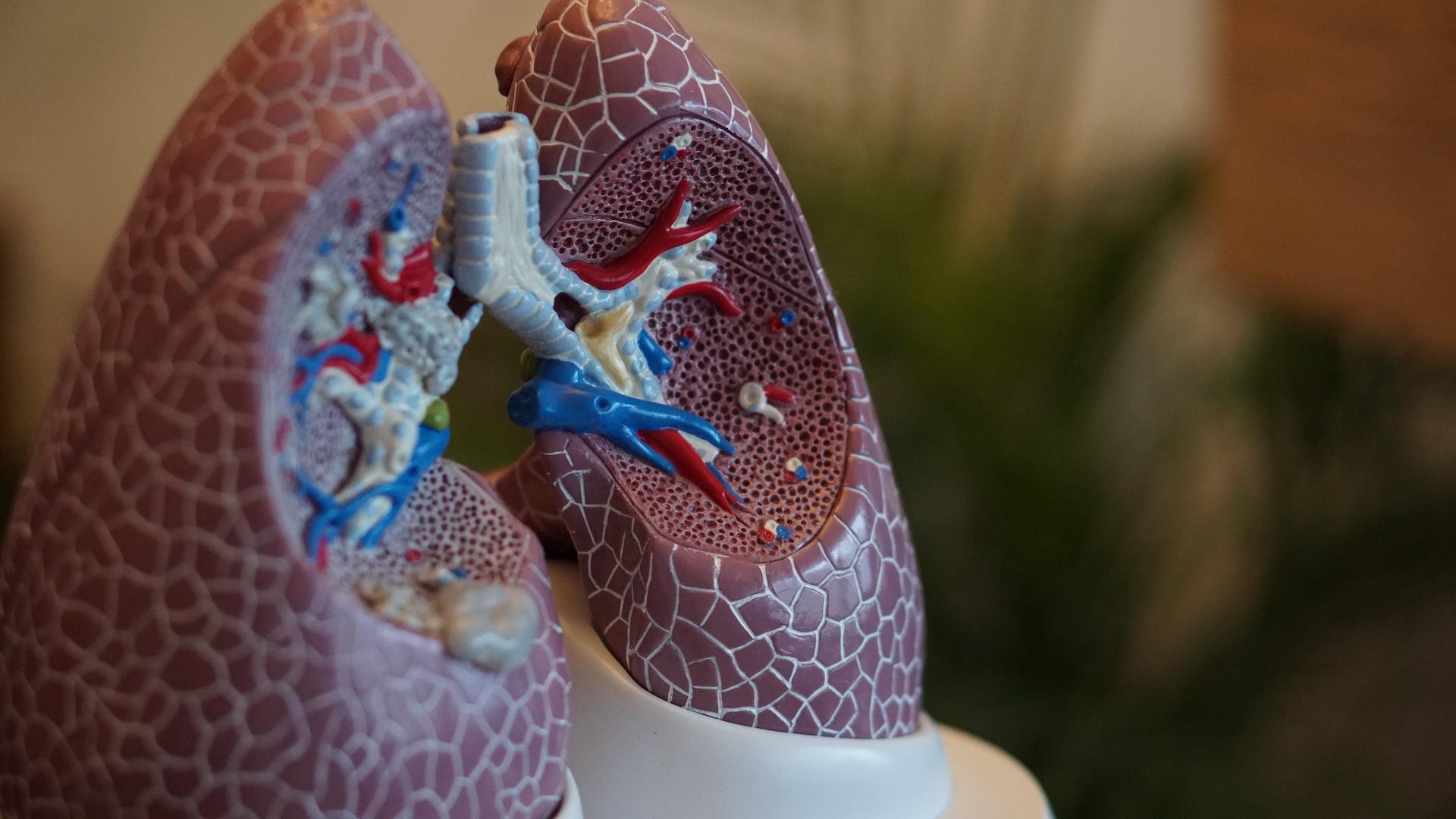A Trojan horse for lung delivery of coronavirus therapies

The SARS-CoV-2 virus is taken up via the lung. The build-up of a protection by a passive and active immune reaction would be especially effective in this organ. We used our technology of synthetic adenovirus with aerosols to achieve production of therapeutics and vaccines directly in the lung.
Background
Our research group had developed a robust and highly versatile platform for generating non-replicative, high-capacity gutless adenoviruses that can be retargeted to transduce specific cell types using adapters to cell-surface biomarkers, used to deliver large payloads of up to 36 kb, such as secreted neutralizing antibodies (nAbs) and/or complex vaccine cocktails, generated with extremely high purities, and coated with an engineered shield that reduced immune-based clearance.
Aim
We aimed to adapt our delivery platform for combatting Covid-19. Using our addressable, retargeted, shielded delivery system (SHREAD) based on gutless adenovirus without viral genes intrapulmonary as aerosols, we aimed for adapting it for lung tropism, as this is the organ where SARS-CoV-2 first infects the body. For therapy, we aimed to have the lung directly produce therapeutic antibodies, and as a vaccination, for developing robust mucosal immunity and memory responses, produce the antigen.
Results
We developed and tested several new adenoviral retargeting adaptors for biomarkers present on airway epithelial cells (AECs) and antigen presenting cell (APC) subtypes. From our existing pool of retargeting adapters, we had identified several in our portfolio that can already be applied in the mucosal SARS-CoV-2 applications described here. However, we discovered that the most effective targeting was achieved by coating with lactorferrin, which we had previously discovered as a molecule involved in natural adenovirus infections of the lung.
Next, we developed an aerosol-based system to deliver the particles to the lung in a mouse model. This was compared to intratracheal delivery, which was expected to give an independent estimate on the effectivity of infecting lung tissue. In both cases excellent transduction of lung tissue was seen, demonstrating that this aerosol-based route of administration is extremely promising.
Third, we developed the high-capacity viruses to encode a series of therapeutic modalities and, in a complementary approach, immunogens. Particularly, we generated constructs encoding the anti-spike antibodies REGN10933 and REGN10987 in either IgG format, but also in IgA format, which would be especially potent for a response in the lung mucosa. We investigated these in their original human format, but also as a murinized chimeric molecule to test them in mice, and we tested the anti-spike DARPin MP0420. In a second set of experiments, we compared different spike constructs as immunogens. All constructs are expressed excellently in our viral system.
Finally, we could show in mouse experiments, using an aerosol-based delivery of our gutless virus system and the optimized retargeting, that in the lung excellent expression of the therapeutic antibody is observed, which demonstrates the validity of this concept. Notably, no expression in off-target tissues is seen.
Specific contribution to tackle the current pandemic
The strategy developed here could show a potentially very efficient system for in-vivo production of a therapeutic modality and an immunogen in the lung. It is possible that they would be more effective than current approaches, because of the production and very long residence in the relevant tissue, where they can have a maximal protective effect. Since the components are completely modular, they can be adapted to different strains, different viruses, and even different lung diseases.
Original title
Adenovirus Platform, um therapeutische Wirkstoffe und Vakzine gegen SARS-CoV-2 direkt in der Lunge herzustellen
